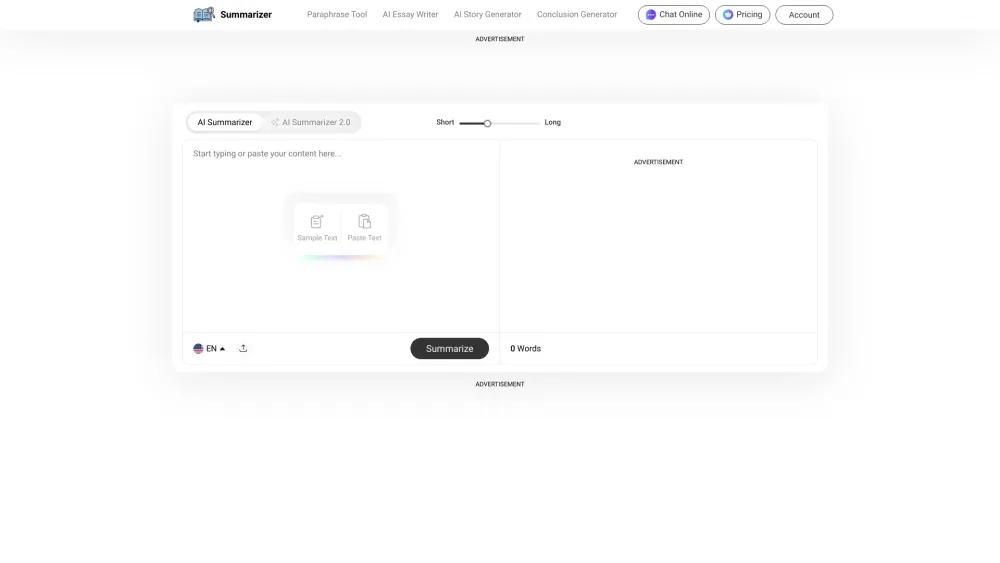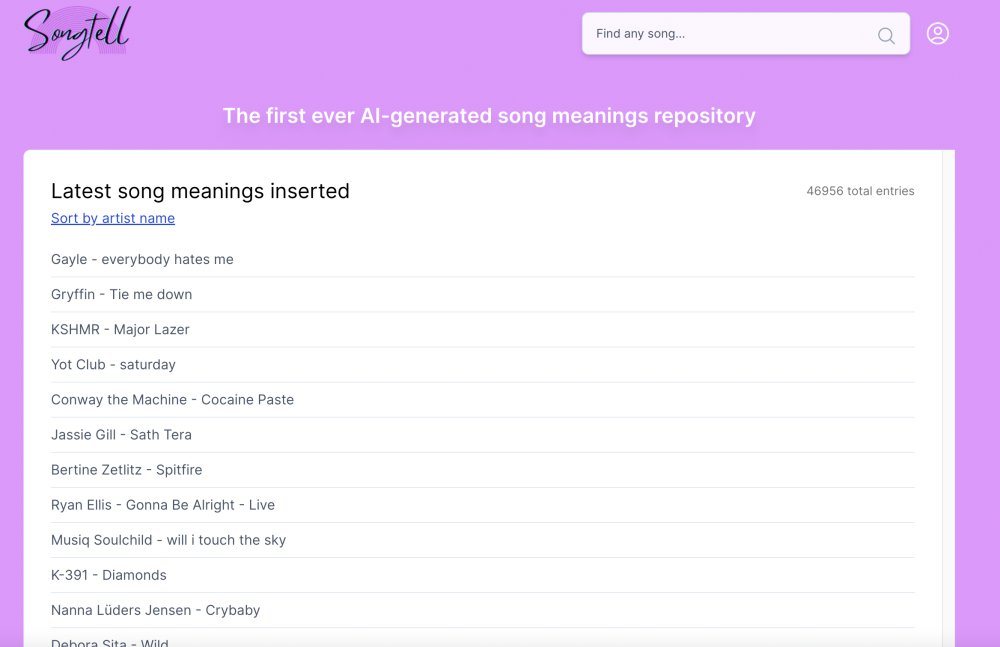Since the emergence of the new generation of artificial intelligence, remarkable advancements in text generation have been evident. AI can now perform a variety of tasks, including correcting grammar errors, summarizing articles, and creating advertisement copy. The integration of these capabilities allows for the comprehensive development of story outlines, settings, and character designs, ultimately generating detailed narrative text. Recently, the first domestically produced novel of over a million words, entirely authored by AI, has sparked renewed interest in the intersection of literature and artificial intelligence, igniting discussions in the literary creation and research communities.
This isn't the first time we've felt the impact of "machines" on literature. In 2017, the publication of “The Sun Lost Its Glass Window” by the AI “Xiaoice” revealed a group of poets active on online platforms, such as “Luo Meng” and “The Wind’s Fingertips,” to be pseudonyms of this AI. That same year, Tsinghua University's “Jiugou” system debuted on television, producing text in the form of classical poetry while adhering to meter and rhyme, making it difficult to distinguish from genuine human work. However, in today's discourse regarding AI and literature, poetry seems to have retreated into the background, replaced by the technical term “large language models.” These models, with billions of internal parameters trained on vast amounts of text beyond human comprehension, can generate diverse textual forms, including poetry and novels, showcasing their versatility.
As interest shifts toward how these models achieve "custom" text generation and how we can exert control over their outputs, the creation of poetry by machines has become less of a talking point. This raises an essential question: does machine-generated poetry have a future? To explore this, we should first look back at the history of machine-generated poetry.
In 1845, a businessman named John Clark constructed a poetry machine called “Eureka” using repurposed gears and belts. This machine could spell out a Latin poetic line composed of six words, conforming to the classical meter. “Eureka” quickly became a hot topic, as writing Latin poetry was then a requirement in universities, and students viewed it as a mechanical exercise rather than a creative one. Clark's invention was a satirical response to the mechanical nature of poetry writing imposed by educational systems, highlighting how such rigid standards could stifle the creativity necessary for learning and advancing modern disciplines.
Before the advent of large language models, machines were primarily used in text experimentation by tech experts. In 1952, British computer scientist Christopher Strachey created one of the first text generation programs to test the feasibility of using computers for handling textual information. Seven years later, German engineer Rutz developed a program that randomly combined nouns and adjectives from Kafka’s "The Castle," producing what is considered one of the first pieces of computer-generated poetry, titled “Random Text.” Rutz aimed to demonstrate that computers could be employed beyond mathematics, advocating for the introduction of probabilistic statistics to create more meaningful word combinations.
Today’s large language models operate on principles vastly different from the template-and-rule approaches of the past, yet they still rely on statistical analysis of language materials. Poetry generation has a unique standing in the history of AI development, representing one of the first attempts at computer-generated text. It not only reflects an early endeavor but also symbolizes the potential for machines to garner interest and support for AI as a whole through the respected medium of poetry. The leniency of poetry toward unconventional expression has paved the way for advancements in general text generation technologies, suggesting that if machines can produce poetry, they could also generate news articles, reports, and fiction with social and economic significance.
Now that the promised “future” has arrived, large language models have normalized the generation of various textual genres, leading to the diminishment of poetry’s unique status. To obtain a machine-generated “poem,” one simply needs to phrase their request in a format the model can interpret, akin to generating any other text form. Consequently, specialized poetry generation has become marginal as the application of large models has broadened.
Despite this, machine-generated poetry has faced near-universal criticism from poets, writers, and critics since its public inception. A contemporary poet remarked that such "poems" are merely “inorganic combinations of fragments,” devoid of true artistry and creativity. Originally born from societal critiques of “human mechanization,” the cultural landscape surrounding “machine poetry” has evolved significantly over the past three hundred years. With advancements from wooden mechanical gears to rapidly evolving AI, the decreasing prestige of poetry generation technology and the disconnect between technical complexity and poetic innovation make the future of machine-generated poetry increasingly uncertain.




